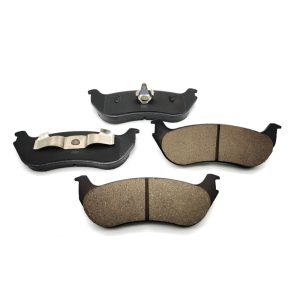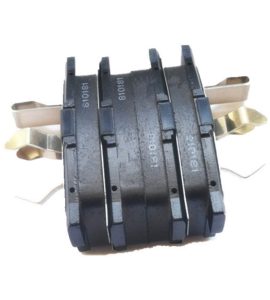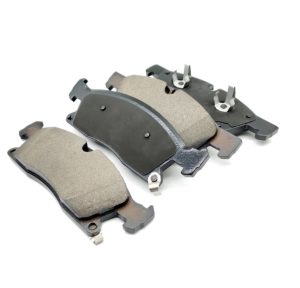


Brake pads replacement is a crucial task that every car owner should be familiar with. However, it can be a daunting task for those who don’t have any experience with car repairs. In this article, we’ll provide you with some useful tips and tricks to help you replace your brake pads on your own.
1. Gather the necessary tools and equipment.
Before you start changing your brake pads, make sure you have all the necessary tools and equipment. You will need a jack, jack stand, lug wrench, socket wrench, brake cleaner and a C-clamp. Make sure you have the right socket wrench and C-clamp for your car.
2. Choose the right brake pads.
There are different types of brake pads in the market such as ceramic, metallic and organic. Choose the right type of brake pads based on your driving style and the type of car you own. If you’re not sure which type of brake pads to choose, consult your car’s manual or consult a mechanic.
3. Remove the old brake pads.
Start by loosening the lug nuts on the wheel where you’ll be replacing the brake pads. Use a jack to lift the car and place it on jack stands. Remove the lug nuts and take off the wheel. Locate the brake caliper and remove the bolts that hold it in place. Use a C-clamp to compress the piston in the caliper. Remove the old brake pads and clean the caliper and rotor with brake cleaner.
4. Install the new brake pads.
Insert the new brake pads into the caliper and reattach the caliper to the rotor. Tighten the bolts to the manufacturer’s specifications. Put the wheel back on and tighten the lug nuts. Repeat the process for the other wheels.
5. Test the brakes.
After replacing the brake pads, test the brakes by driving the car at a low speed and applying the brakes. Make sure the brakes are working properly and there are no unusual noises or vibrations.
From where I stand, replacing your brake pads on your own can save you money and give you a sense of accomplishment. However, make sure you have the right tools, choose the right type of brake pads, and follow the steps carefully to ensure your safety and the safety of others on the road.

